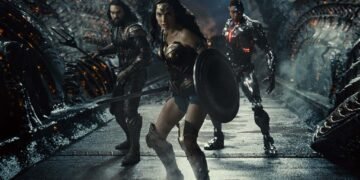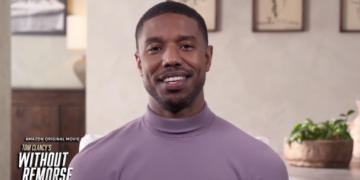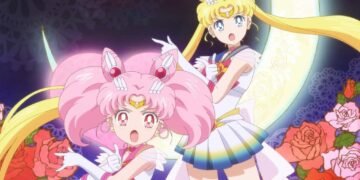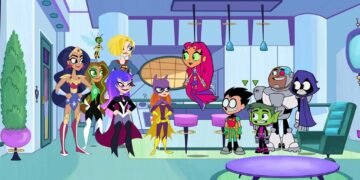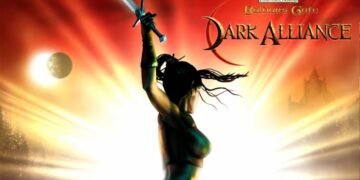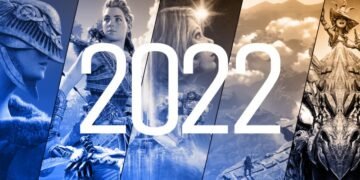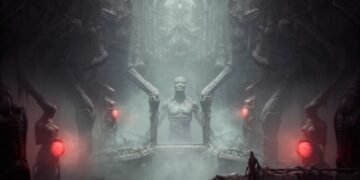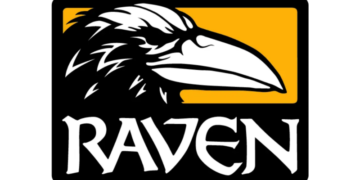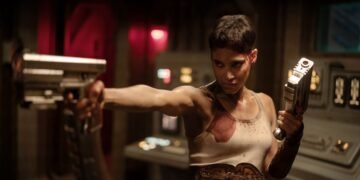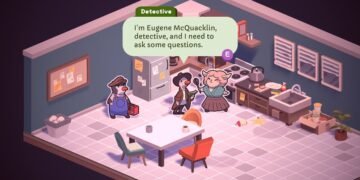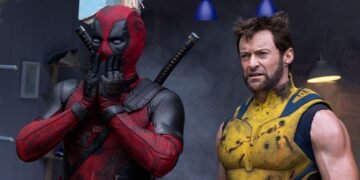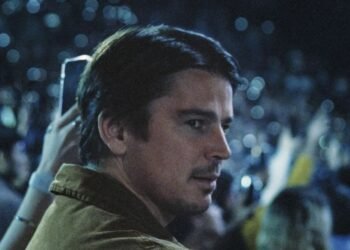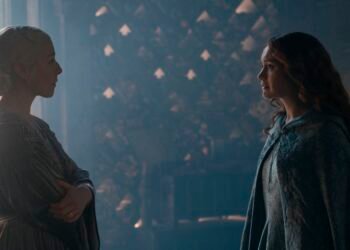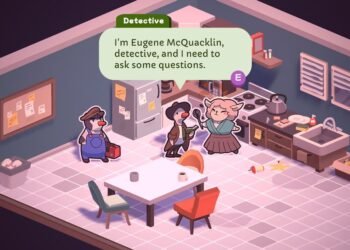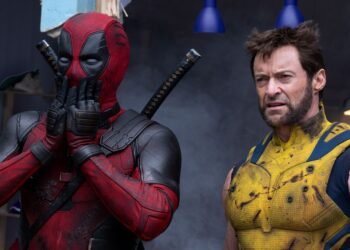Geeze Puddin’, everything has gone all haywire! 2021 has started with quite a bang for the extended Batman Family in DC’s Future State and Harley Quinn is in a heap of trouble.
Five years after the events of the Joker War and the events of Arkham Asylum, Ms. Quinn finds herself in the clutches of the shadow organization now in charge of Gotham City known as the Magistrate. Locked up and forced to wear an orange jumpsuit — a sartorial crime she’s not likely to forget — the Magistrate demands Harley’s help to capture Gotham City’s most infamous criminals. Without his signature burlap mask, the man previously known as Scarecrow (Dr. Jonathan Crane) is unleashed to do the Magistrate’s dirty work.
At the mercy of Crane and his twisted use of physical and psychological violence, this is a side of Quinn we haven’t seen before. Is this the end of the rope for the Maiden of Mischief? Color us skeptical, if there’s one thing we know about Quinn it’s that she doesn’t forgive and certainly doesn’t forget.
So whaddya say we go for a little spin?
Who is making Future State: Harley Quinn #1?
A powerhouse team of freshness takes on Future State: Harley Quinn #1. Writer Stephanie Phillips (Superman) is well on her way to becoming a household name in comics and she’s not leaving Harley Quinn anytime soon; she’ll also write DCs Harley Quinn ongoing beginning in March with artist Riley Rossmo. Phillips brings innovative ease to dialogue and pacing often overlooked in superhero comics for the sake of action.
Italian artist Simone Di Meo (We Only Find Them When They’re Dead) continues his rise in the American comics scene. Di Meo’s signature characterization lends itself well to the pages of Future State: Harley Quinn #1. Harley is all about that attitude, those whimsical gestures or smirks we love. Thankfully, that’s where Di Meo shines.
Tamara Bonvillain’s (Dark Knights) colorwork is splendid and sets off Di Meo’s ethereal-neon vibes. Troy Peteri (Red Hood) rounds out the dynamic creative team on letters. Overall, the team gives an offbeat, unconventional feel to Harley Quinn and company.
What is Future State: Harley Quinn #1 about?
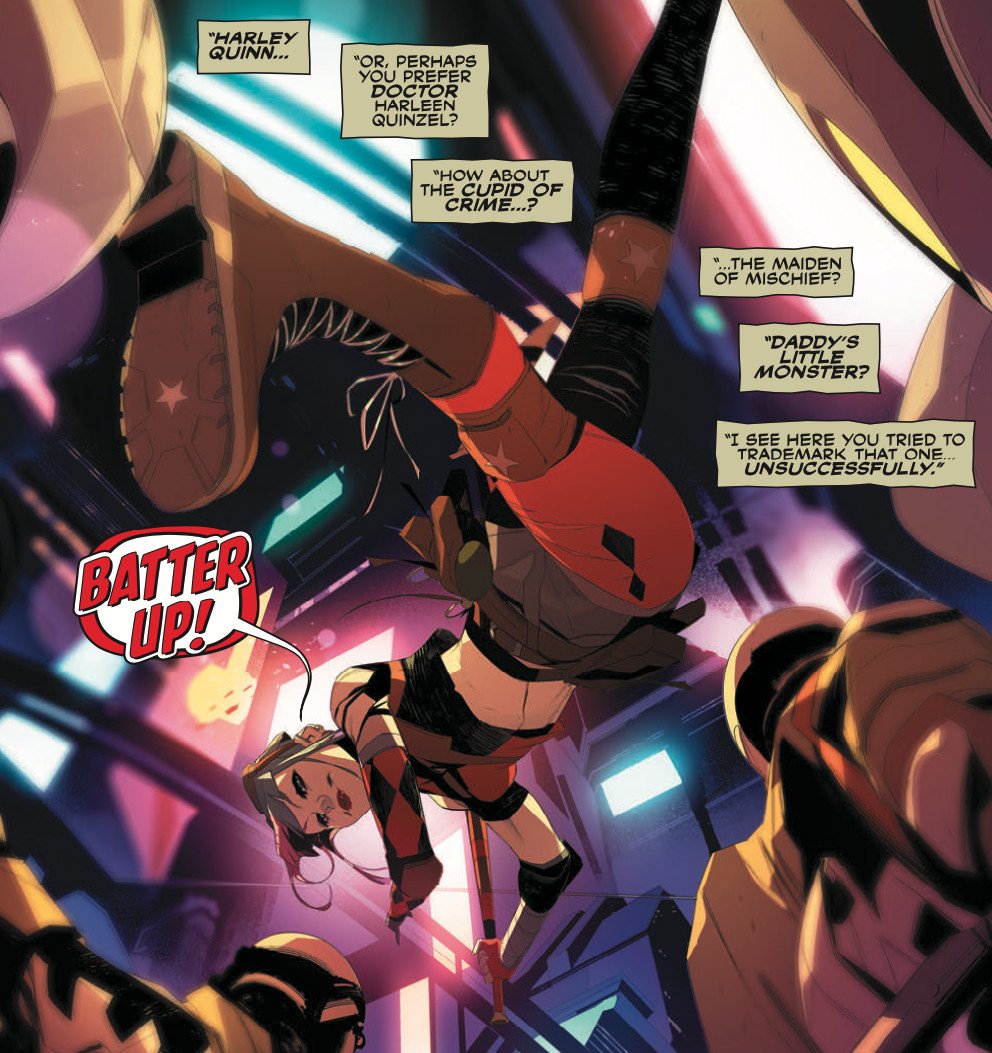
Image: Simone Di Meo, Stephanie Phillips/DC Comics
In the book’s near-future timeline, mayor Christopher Nakano and the villainous Magistrate seek to tighten their grip on Gotham City. Nakano’s strict “no vigilante” policy means Gotham’s heroes are largely MIA. Nakano and company will stop at nothing in their effort to clean up the city, including locking up Quinn. Harley certainly has the cunning and know-how to ensnare Gotham’s most infamous criminals like Professor Pyg (Lazlo Valentin) and Firefly (Garfield Lynns) but at what cost?
Without a mask, Crane is on a power trip and isn’t afraid to use it. Still, there’s something off about Crane and you can bet Quinn’s taking notes on whatever weakness there might be in his armor. With no means of escape and few options at her feet, just who is Harley Quinn when her back’s against the wall? Well, we’re about to find out.
When exactly is Future State: Harley Quinn #1 happening?
Future State is a two-month event following the calamitous ending of the crossover event Dark Knights: Death Metal which concludes on Jan. 5. The series pauses the current timeline and throws the Multiverse into disarray. The event features monthly and bi-monthly anthologies, miniseries and one-shots. Future State: Harley Quinn is a two-issue miniseries. The book gives Quinn a chance to pursue different facets of her persona like sleuthing and deduction. (Move over, Batman.) If the characterization sticks, the book offers Harley the chance at a new direction for the character everyone thinks they know.
Is there any required reading?
Since Future State is the beginning of a new event, it wouldn’t hurt to read the preceding issue Future State: Batman # 1. It’s probably not a bad idea to keep up with the entire Batman Family for the duration of the event, as there’s likely to be crossover. DC has a free overview available online to provide some background about the series and behind the scenes looks.
With that in mind, it’s possible to read Future State: Harley Quinn #1 without advanced reading. The first few pages give readers a sense of who Quinn is and her backstory. For previous fans of Harley, there’s a good ribbing of DC’s attempt to trademark the phrase “Daddy’s Little Monster.” It turns out Ms. Quinn has some feelings about that endeavor. The issue has a solid balance between giving enough backstory for newcomers and providing gentle knowing winks to longtime Harley readers.
Is Future State: Harley Quinn #1 good?
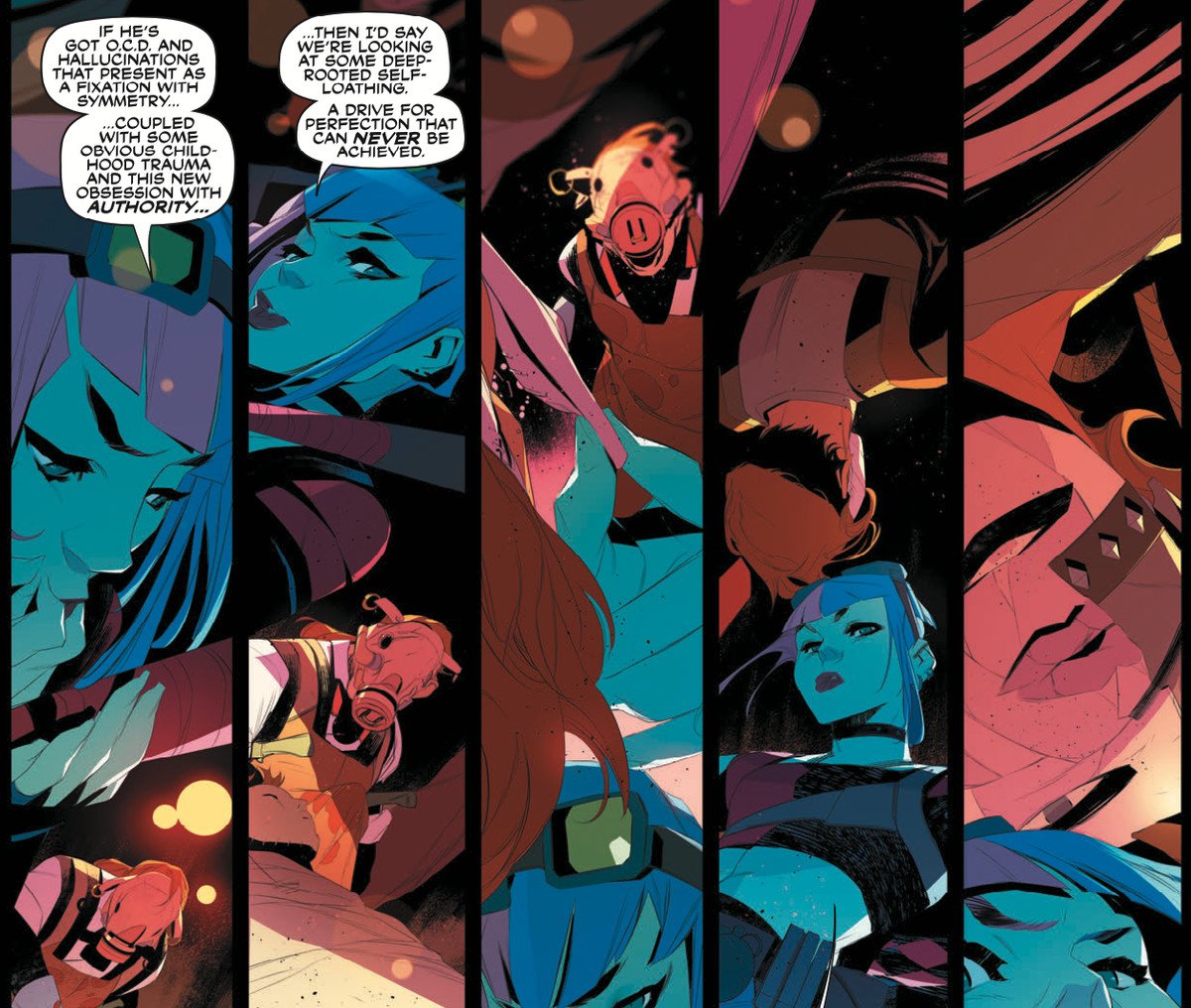
Image: Simone Di Meo, Stephanie Phillips/DC Comics
The issue opens with a flashback to the Magistrate’s abduction of Quinn, and the first-panel spread is a dazzling bit of work. An unconventional panel layout makes you feel like part of the action as Harley teases her captors wielding her weapon of choice. It is hard to know who will have the upper hand in the confrontation, but we soon find out.
There are numerous instances of Crane hitting Harley. It’s jarring but it doesn’t feel gratuitous because the focus is on Quinn and the aftermath of the violence, not the violent act itself. Phillips handles building tension well. Fans of Harley will find it hard not to root for her to stand up and create the kind of havoc we know she’s capable of to escape her confinement. It’s another way Phillips signals to the reader there may be forces at play we cannot yet see. Either way, Harley is in this for the long game. Perhaps she’s the puppeteer here and not the other way around?
The artwork in Future State: Harley Quinn #1is gorgeous. There’s no other way around it. Di Meo is kind of legendary at creating an almost ethereal atmosphere around characters. It will be familiar to you immediately if you’ve followed his previous work in WOFTWTD. Bonvillain’s colors set fire to Di Meo’s art. It is vibrant and filled with chaotic energy. Quinn wouldn’t have it any other way.
Harley isn’t averse to a few acrobatic displays and that’s what this issue feels like. The creative team is running, bounding, and diving headfirst into a new story for Ms. Quinn. The acting of Harley and Crane stands out in the issue and it heightens the tension between the duo. Crane consistently acts like he has the upper hand but does he? Perhaps what comes across the most is the cinematic quality of the miniseries.
Lens flares, jagged panel sequences, forced perspective, and motion blur all lend themselves to the feeling of cinema. The power of Di Meo’s artwork would be lost without Phillips knowing when and how to employ her skills. Phillips doesn’t have an easy task with Harley, as her character feels so well-established that it’s hard to say anything new to about her.
But the writer proves that idea very wrong. Future State: Harley Quinn sets up a framework for thinking about when and how violence is used in Gotham. Who is Quinn without the foil of sarcasm, brutality, and stained-skin? Future State knows what it means to feel empowered by masks or hide behind them.
One panel that popped
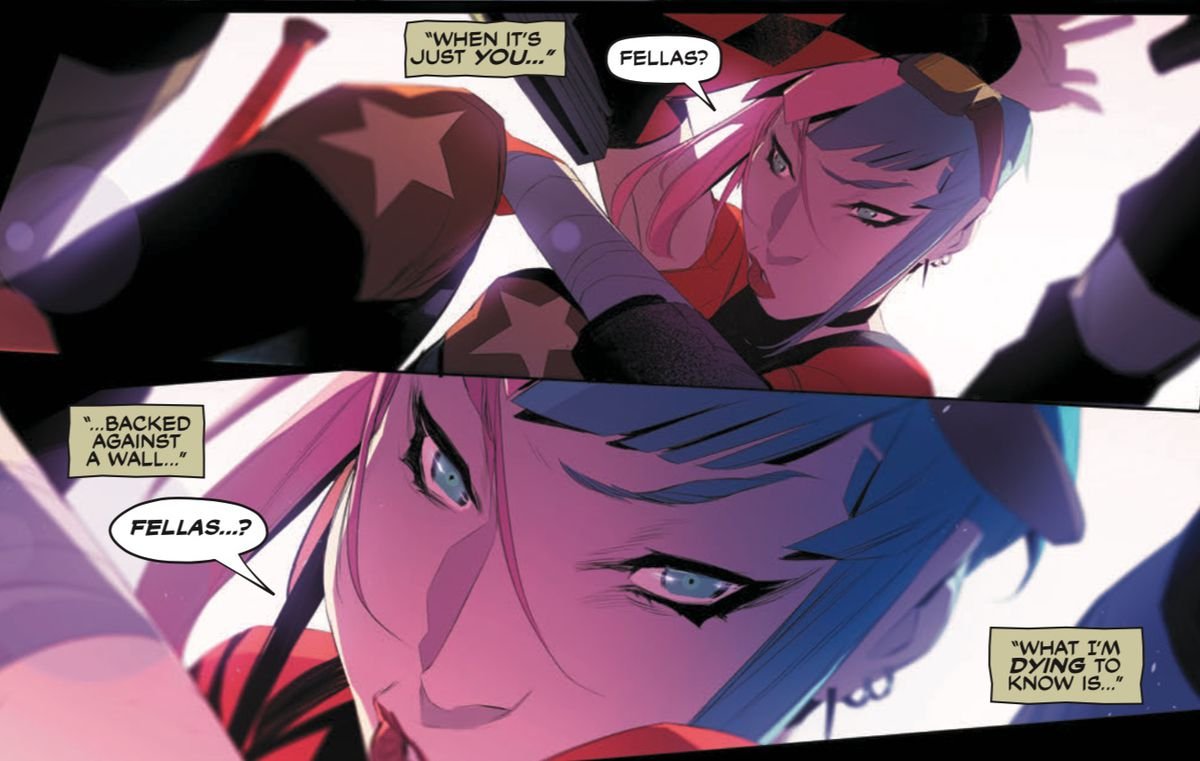
Image: Simone Di Meo, Stephanie Phillips/DC Comics

